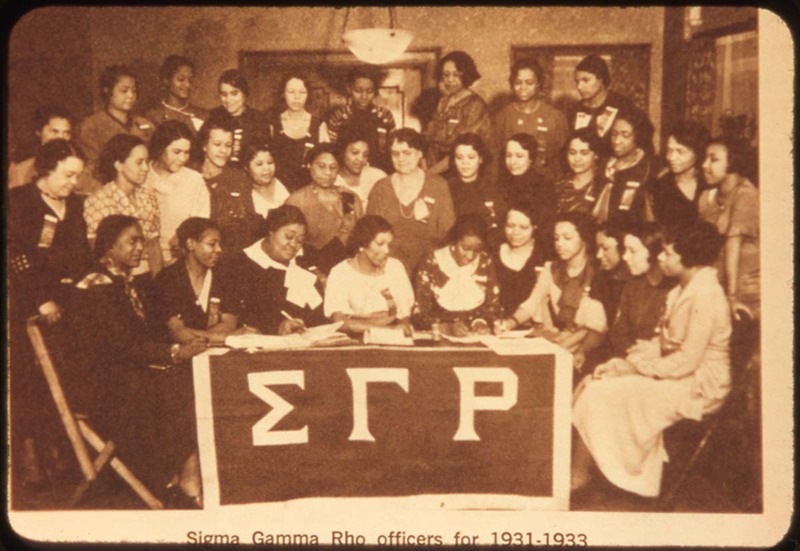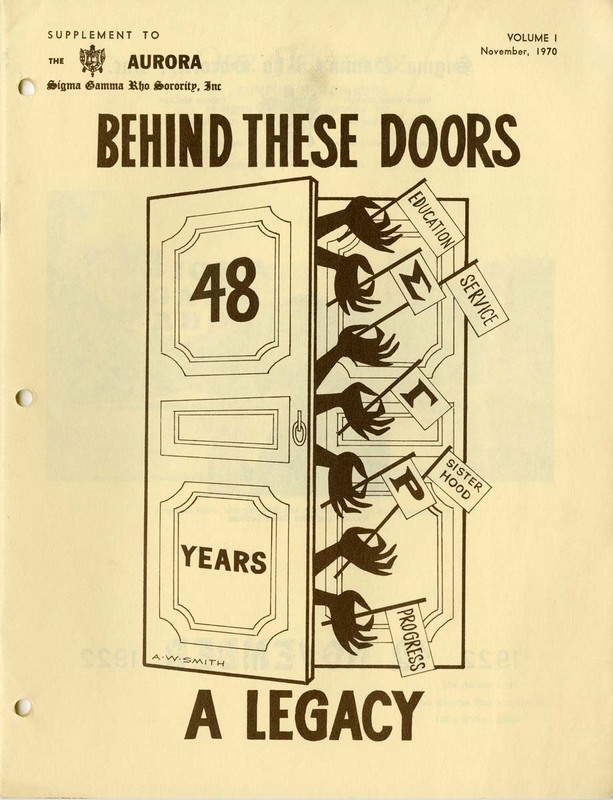Segregated Education
Black people experienced segregation everywhere in early-twentieth-century America, and education was not exempt. While many Midwestern universities accepted and conferred degrees to non-white students by this time, such amenities as housing and dining at campuses across the country barred entrance or use by Black students. “Separate but equal”—a federal doctrine from 1896 (Plessy v. Ferguson) to 1954 (Brown v. Board of Education)—alternatives were provided for Black students instead.
Prior to the quota on Black students instituted in 1928, Butler University admitted all students of color on an equal basis to whites. While primary University facilities were not segregated, there was only one small dormitory for women on the Irvington campus—and none on the Fairview campus until 1954—and most students rented rooms in the community or commuted. Especially in the predominantly white area immediately surrounding the Fairview campus, Black students would not have been able to easily find nearby housing.
This segregation found within universities also existed in student organizations, both institutionally affiliated and not. Greek life was a prime example, as many Greek letter collegiate and professional organizations prohibited the participation of Black students. This initiated the founding of Black fraternities and sororities, including many Black Greek letter organizations associated with the National Pan-Hellenic Council—or The Divine Nine—of which Sigma Gamma Rho is a member.

